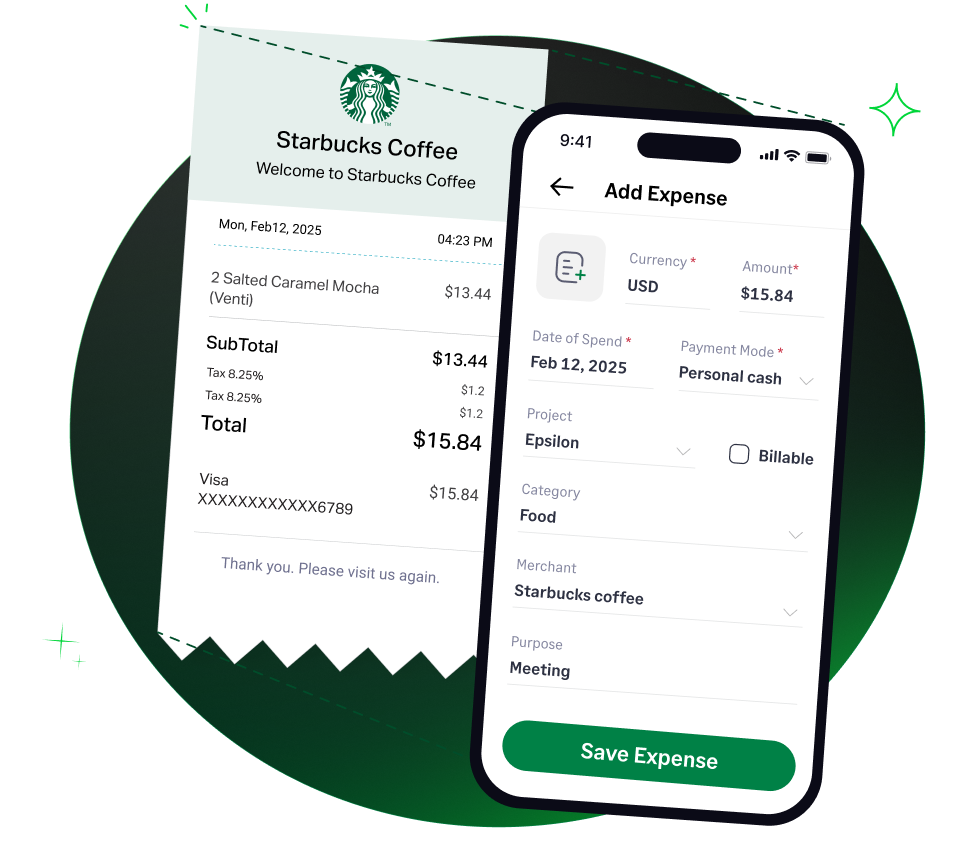✨ Exciting news: Fyle is now part of the Sage family! Learn more in our press announcement >
 4.6/51670+ reviews
4.6/51670+ reviewsFor any technology-driven business, the costs of developing software—whether for internal use or sale to customers—represent a major investment. These expenditures, which encompass everything from developer salaries to contractor fees, are crucial for driving innovation and growth.
However, a critical change in U.S. tax law has significantly altered how businesses must account for these costs. As of 2022, software development expenses can no longer be deducted in the year they are incurred. This guide explains the new mandatory IRS rules for capitalizing and amortizing these costs, ensuring your business remains compliant with the regulations.
The costs you incur to develop software are now treated as specified research or experimental expenditures.
Under a significant tax law change detailed in IRS Publication 535 for tax years beginning after December 31, 2021, all software development costs must be capitalized and amortized (deducted in equal amounts) over a set period. The previous option to deduct these costs as a current expense has been eliminated.
To handle these costs correctly, accountants and business owners must understand what is included and how the new rules apply.
The most critical change is that capitalizing software development costs is no longer optional. All businesses must now treat these as capital expenditure and recover the cost over time through amortization.
Publication 535 clarifies that the costs related to developing software are treated as research and experimental expenditures. This includes a wide range of costs directly associated with the development process, such as:
The rules for developing your own software differ from those for purchasing software from others.
The tax treatment for software development costs requires a specific amortization schedule and reporting process.
According to Publication 535, you must amortize software development costs over the following periods, beginning at the midpoint of the tax year in which the costs were paid or incurred:
The annual amortization deduction for your software development costs is calculated and reported on Form 4562, Part VI. The total from this form is then carried to your main business tax return.
It is essential to note that, although the costs must be amortized, your business may still be eligible to claim the Research and Development (R&D) Tax Credit. This is a separate tax benefit calculated on Form 6765.
You must maintain meticulous records to substantiate all software development costs. This includes:
Fyle is essential for capturing and organizing the various costs of a software development project, providing a clean record for your accountant to handle the mandatory amortization.




